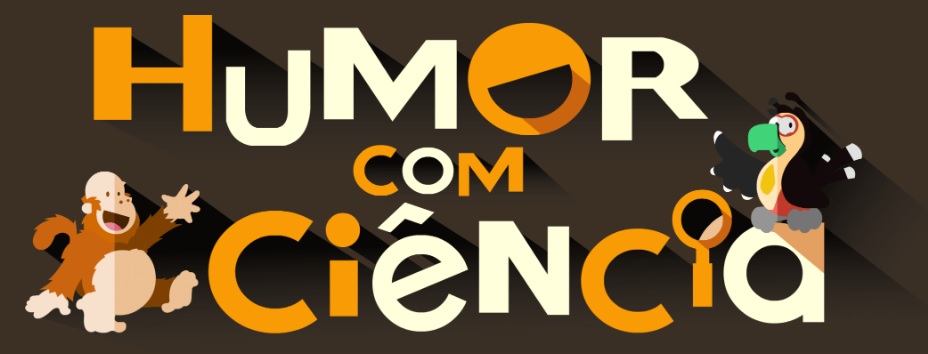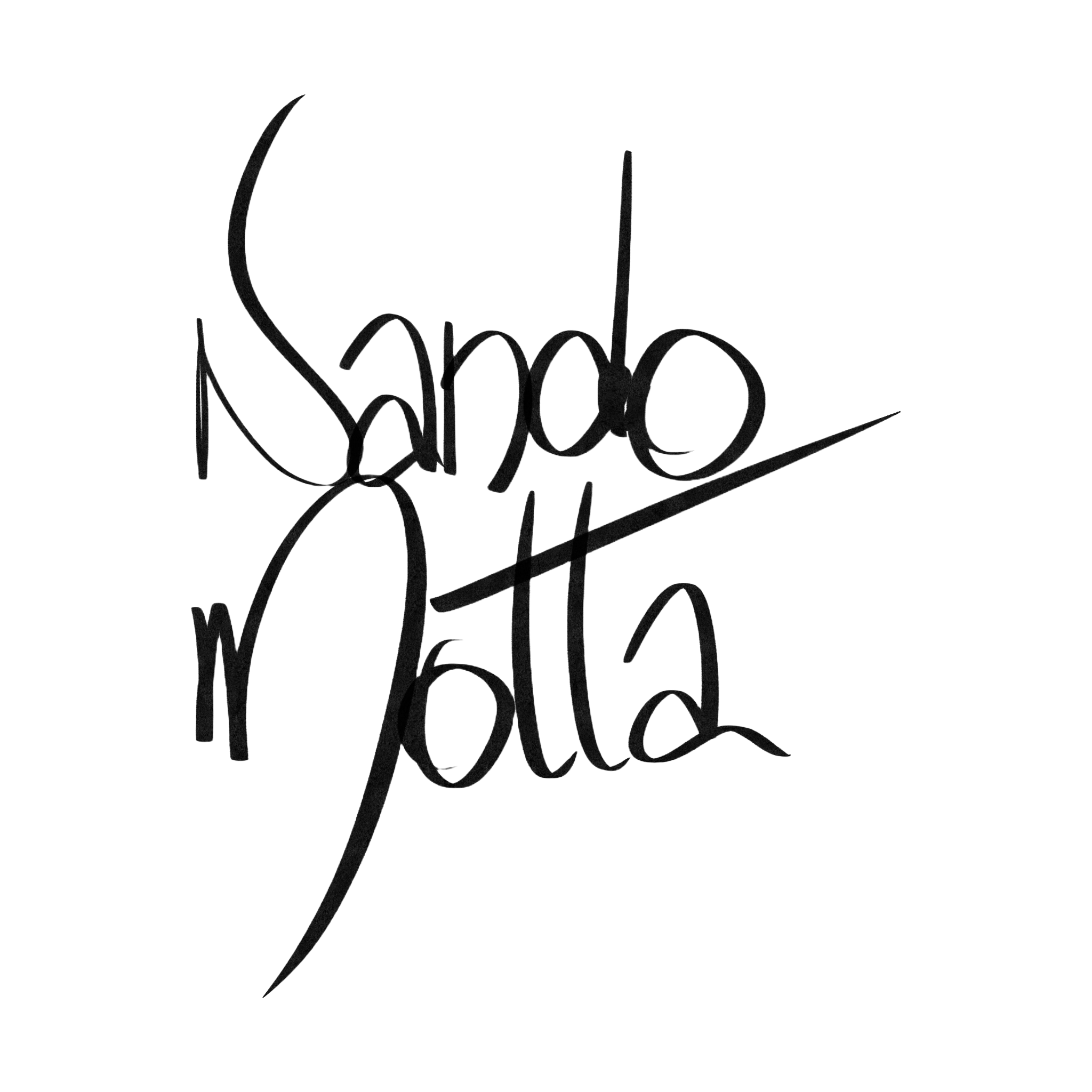
PFH2839146
Roger Bacon, OFM (c.?1214 c.?1292), also known by the scholastic accolade Doctor Mirabilis (Latin for 'wonderful teacher'), was an English philosopher and Franciscan friar who placed considerable emphasis on the study of nature through empirical methods He is sometimes credited (mainly since the 19th century) as one of the earliest European advocates of the modern scientific method inspired by Aristotle and by later scholars such as the Arab scientist Alhazen. His linguistic work has been heralded for its early exposition of a universal grammar.
DC






























































































